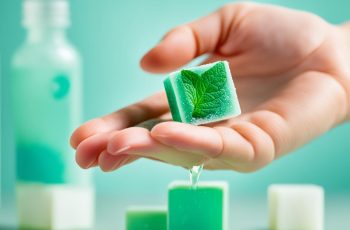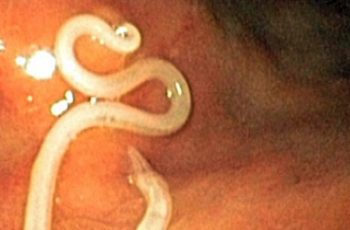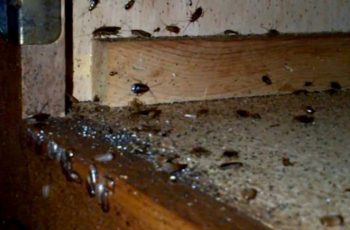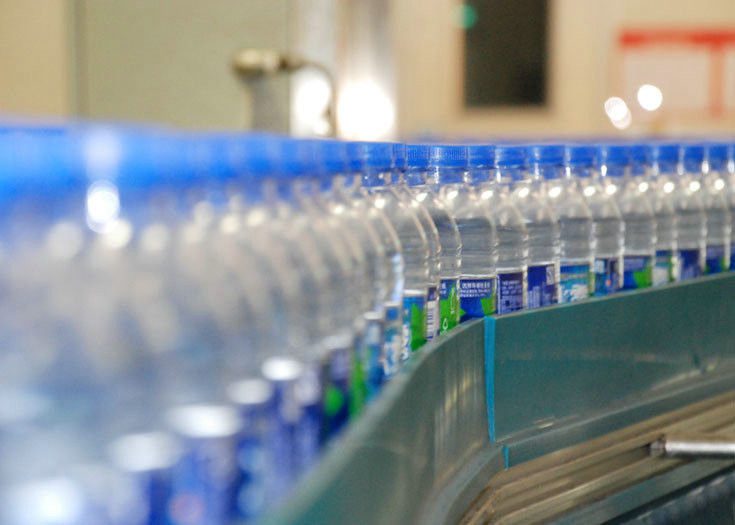
According to the results of a major study spanning nine countries, the world’s leading brands of bottled water are contaminated with tiny plastic particles that are likely seeping in during the packaging process.
For the study, led by microplastic researcher Sherri Mason of the State University of New York at Fredonia, researchers examined 250 bottles of water in Brazil, China, India, Indonesia, Kenya, Lebanon, Mexico, Thailand, and the United States.
Among the samples tested were major brands such as Aqua, Aquafina, Dasani, Evian, Nestle Pure Life and San Pellegrino.
The results revealed “widespread contamination” as 93% of the samples were found to contain plastic debris, including polypropylene, nylon, and polyethylene terephthalate (PET), which is used to make bottle caps.
“In this study, 65% of the particles we found were actually fragments and not fibers,” Mason told AFP.
“I think it is coming through the process of bottling the water. I think that most of the plastic that we are seeing is coming from the bottle itself, it is coming from the cap, it is coming from the industrial process of bottling the water.”
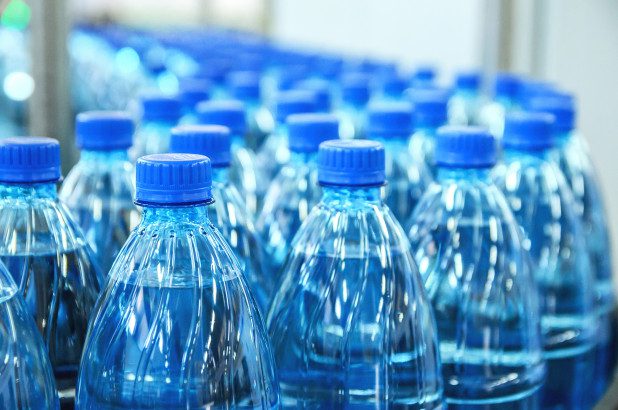
Particle concentration ranged from “zero to more than 10,000 likely plastic particles in a single bottle”, said the report.
On average, plastic particles in the 100 micron (0.10mm) size range – referred to as “microplastics” – were found at an average rate of 10.4 plastic particles per liter.
Smaller particles were even more prevalent, averaging about 325 per liter.
Other brands that were found to contain plastic contaminated included Bisleri, Epura, Gerolsteiner, Minalba, and Wahaha.
Mason cautioned that the extent of the risk to human health posed by such contamination remains unclear.
“There are connections to increases in certain kinds of cancer to lower sperm count to increases in conditions like ADHD and autism,” said Mason.
“We know that they are connected to these synthetic chemicals in the environment and we know that plastics are providing kind of a means to get those chemicals into our bodies.”
TIME TO ELIMINATE PLASTIC?
Though previous research has found plastic particles in tap water, too, Mason says that it is on a much smaller scale.
“Tap water, by and large, is much safer than bottled water,” said Mason.
For the three-month study, researchers used a technique developed by the University of East Anglia’s School of Chemistry to stain the microplastic particles with fluorescent Nile Red dye thus making the plastic fluorescent when irradiated with blue light.
“We have been involved with independently reviewing the findings and methodology to ensure the study is robust and credible,” said lead researcher Andrew Mayes, from UEA’s School of Chemistry.
“The results stack up.”
Jacqueline Savitz, chief policy officer for North America at Oceana, a marine advocacy group that was not involved in the research, said the study provides more evidence that society must abandon the ubiquitous use of plastic water bottles.
“We know plastics are building-up in marine animals, and this means we too are being exposed, some of us, every day,” she said.
“It’s more urgent now than ever before to make plastic water bottles a thing of the past.”
Aside from the potential health risks posed by the continued use of plastic water bottles, scientists have proven that plastic has had a catastrophic effect on our environment and should be avoided when possible.
Are these findings enough to make you ditch plastic for good? Sound off in the comments below and share this article with friends and family to get the dialogue rolling!
Source: [1]

